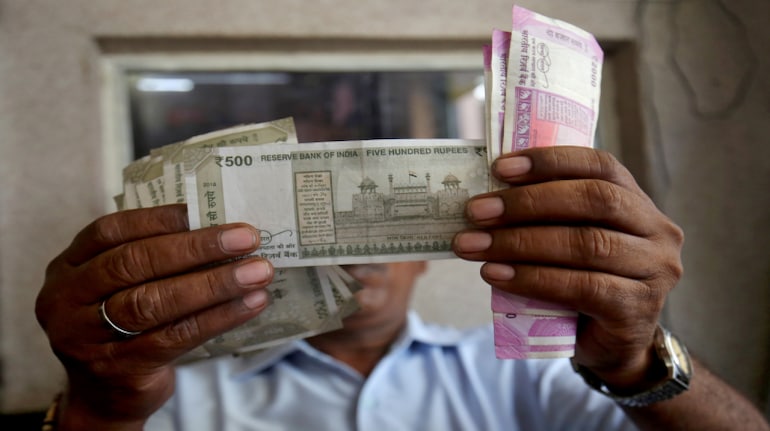



Some argue that interest rates (and not stock markets) are true indicators of economic growth in the country. When interest rates were 12-14 percent, way back in the early 2000s, our economy was growing at lightning fast speed and now when the rates are down to 4-5 percent our growth has also slowed down drastically.
Double-digit interest rates from fixed deposits (FDs) or other fixed interest bearing instruments that we used to earn 10 years back, now look like a pipe dream. The trajectory seems to be moving downward – at the least, we do not see high interest rate FDs coming back in the near future.
Under such a scenario, should we wait for the interest rates to rise or should we just go ahead and lock into rates available now?
We find it interesting to see some trends going around in the world and make some comparisons. Central Bank rates (repo for us) are largely governed by inflation, and the current gap between the repo rate and inflation is negative 1.50 percent points for India. How does it look for the rest of the world?
Quite a few developing economies (Mexico, China, South Africa, etc.) have this gap of more than 1 percent point. We draw a theoretical conclusion that there may be a hike in interest rates in the near future. This is also contingent on inflation not dipping to 2-3 per cent. We must acknowledge that these decisions in every country go beyond theory and take into account the larger picture.
Under this uncertain scenario, what are the debt avenues to be explored in the present times as an investor? Since ours is largely a FD-driven economy (approximately 57 percent of total deposits are in FDs), here are some alternative fixed-income instruments.
Broadly, fixed income instruments are divided into government tax saving schemes (PF, PPF, SCSS, etc.), bonds (Corporate and tax-free bonds by RBI) and our favourite FDs/RDs with banks and NBFCs. Let’s look at each of these in greater detail.
Also read: Choosing between the VPF and PPF for additional debt investments
Government tax savings schemes
All of these schemes can be compared across four different parameters: interest rates, lock-in, taxation and withdrawal during an emergency. Across all of these four parameters, ironically, one scheme is the clear winner: EPF/VPF, with interest rates of 8.50 percent. Since EPF has an upper cap of 2.5 lakhs for tax benefits, we would advise you to maximise your contributions in this avenue.
After VPF, we would strongly advise you to look at RBI tax-saver bonds. The best part about these bonds (apart from zero credit risk) is the floating interest rate – the rate is pegged to the National Savings Certificate rate, which is 6.80 percent currently.
NSC’s rates are again linked to the repo rate, which means as and when the repo rate rises the bonds will start offering a higher interest. Hopefully, the repo rate shouldn’t fall from the current levels.
While the above recommended instruments work well for an average investor, there are a different set of instruments which cater to needs of senior citizens. For Senior Citizens, I would recommend a combination of Pradhan Mantri Vaya Vandana Yojana (interest rate of 7.40 percent) and Senior Citizen Saving Scheme (interest rate of 7.40 percent). Both of these have a maximum upper cap of Rs 15 lakh a year, per person.
Also read: ELSS or PPF: Which is the better tax-saving investment option?
Have some exposure to equities
To invest in equities, you could start by defining your risk appetite and start very small, with an SIP in one of the index funds. Equities will give you both diversification and wealth creation opportunities (Sensex has consistently yielded a CAGR of 10 percent in the last 10, 20 and 30 years, as of April 2021).
Honestly, there are clear signals all around that risk-free investments are losing yields consistently. Treat this as a hint and start investing in equity.
Also read | Home loan transfer: Factors to consider before shifting lenders
Another piece of advice
In this low interest regime, get all of your loans repriced! Either ask your bank to reduce your existing loan rates, or get them refinanced through some other bank (easier said than done). Think about it: a new home loan is available at 7 percent; if you’re paying anything higher than that, you are at a loss. Even a couple of percentage points’ reduction in your loan rates will result in massive savings over time.
Discover the latest Business News, Sensex, and Nifty updates. Obtain Personal Finance insights, tax queries, and expert opinions on Moneycontrol or download the Moneycontrol App to stay updated!